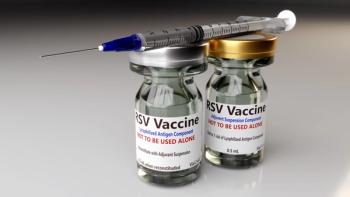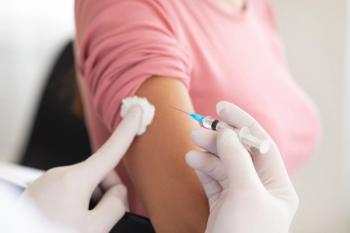
- January 2018 Oncology
- Volume 84
- Issue 1
The Biologics Price Competition and Innovation Act
A variety of chronic illnesses can be treated with medications such as biologics.
A variety of chronic illnesses can be treated with medications such as biologics. These illnesses include, but are not limited to, psoriatic arthritis, rheumatoid arthritis, and multiple sclerosis. Unfortunately, many patients are limited when it comes to paying for their biologic treatments. But why are these medications so expensive?
A biologic as defined by the FDA “is any virus, therapeutic serum, toxin, antitoxin, or analogues product applicable to the prevention, treatment, or cure of disease.”1 Biologic products are made from sugars, proteins, and nucleic acids and can be made from natural sources, such as humans and animals.1 Because these medications are so expensive, costing at least $600 per month, they come from specialty pharmacies.
The reason biologics are so expensive lies in the way the medications are made. They are produced with molecular techniques and purified from engineered cells, causing them to be heat- and shear-sensitive.2 Much care and regulation must be considered when processing and manufacturing biologics because a different process means a different prod- uct, which can lead to a decrease in effectiveness.
The Biologics Price Competition and Innovation Act of 2009 was enacted as part of the Affordable Care Act. This statute created an abbreviated pathway to approve biosimilar products.3 A biosimilar is almost identical to the biologic parent compound. Therefore, a biosimilar product is not a generic.4 For a product to be approved as a biosimilar, it must have the same mechanism of action, dosage form, strength, and indication as the biologic or reference product.1 In addition, to get a biosimilar approved, this legislation “requires that there are no clinically meaningful differences in safety, purity, and potency between a biosimilar and the originator product. A demonstration of biosimilarity requires analytical data, animal testing, and clinical studies, unless a requirement is determined by the Secretary [of the Department of Health and Human Services] to be unnecessary.”4 Finally, manufacturers must show that their facilities meet FDA standards when producing these biosimilar products.4 Because of the complex biologic structure and numerous testing guidelines and standards needed to obtain approval of a biosimilar, not many of these products are on the market.
The first medication to be approved as a biosimilar product was Zarxio (filgrastim-sndz). This medication is the biosimilar of Neupogen (filgrastim).1 Zarxio is approved for the same indications as Neupogen; however, patients using Zarxio save an estimated 15%. Due to the complex structure that biologics have, more money and clinical trials are needed to get a biosimilar approved.2 By using a biosimilar product, patients can save some money, but much more research and development is needed to offer patients greater savings.
Heather N. Wolf is a PharmD candidate at the University of Kentucky College of Pharmacy in Lexington.
Joseph L. Fink III, BSPharm, JD, DSc (Hon), FAPhA, is a professor of pharmacy law and policy and the Kentucky Pharmacists Association Endowed Professor of Leadership at the University of Kentucky College of Pharmacy, Lexington.
References
- FDA approves first biosimilar product Zarxio [news release]; March 6, 2015. fda.gov/newsevents/newsroom/pressannounce- ments/ucm436648. Accessed October 30, 2017.
- Biosimilars-Zarxio [prescribing information]. Princeton, NJ: Sandoz, Inc; 2017. accessdata.fda.gov/drugsatfda_docs/ label/2015/125553lbl.pdf. Accessed October 30, 2017.
- Biologics Price Competition and Innovation Act. FDA, 2009. fda. gov/downloads/drugs/guidancecomplianceregulatoryinformation/ ucm216146.pdf. Accessed October 30, 2017.
- Office of the Legislative Counsel for the Use of the U.S. House of Representatives. Compilation of Patient Protection and Affordable Care Act. hhs.gov/sites/default/files/ppacacon.pdf. As amended through May 1, 2010. Accessed October 30, 2017.
Articles in this issue
almost 8 years ago
Self-Care for Oncologyalmost 8 years ago
Oral Contraceptives and St John's Wortalmost 8 years ago
Pet Peeves (January 2018)almost 8 years ago
Generic Product News (January 2018)almost 8 years ago
Rx Product News (January 2018)almost 8 years ago
OTC Product News (January 2018)almost 8 years ago
Case Studies (January 2018)almost 8 years ago
Can You Read These Rxs? (January 2018)almost 8 years ago
The Cancer-Diabetes Connectionalmost 8 years ago
Data Management and OncologyNewsletter
Stay informed on drug updates, treatment guidelines, and pharmacy practice trends—subscribe to Pharmacy Times for weekly clinical insights.
















































































































































































































